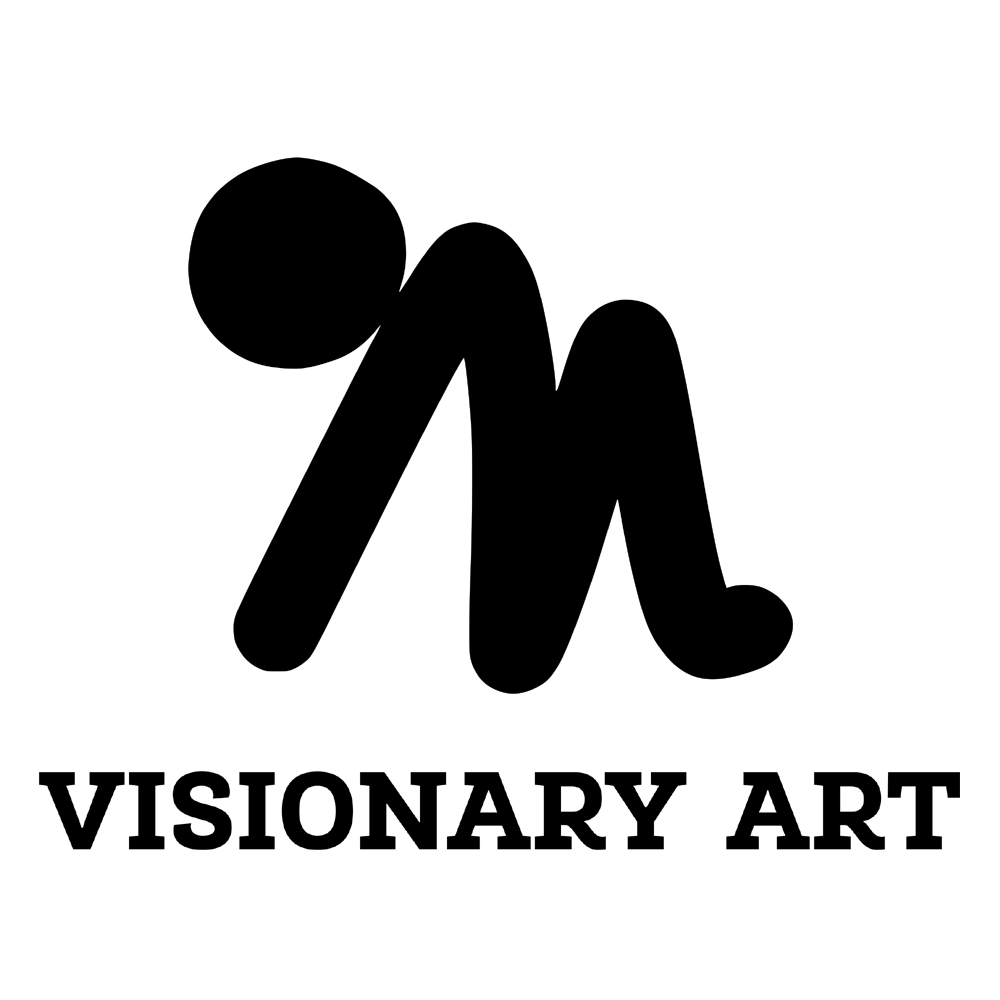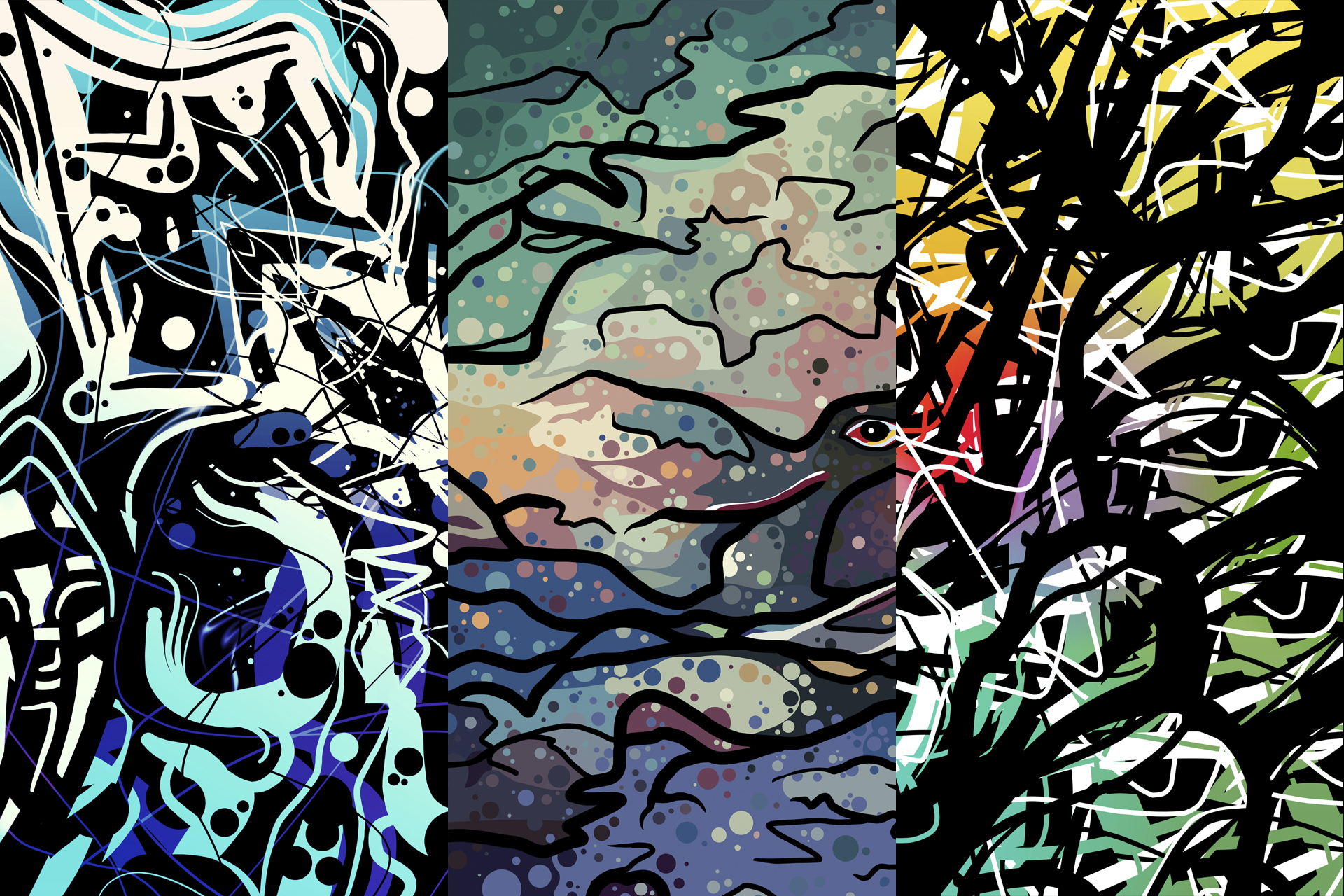As an abstract and visionary artist, I’m interested in exploring the creative potential of subconscious symbolism. One phenomenon that has particularly captured my attention is hypnagogia – the transitional state between wakefulness and sleep characterized by vivid hallucinations, altered perceptions, and strange thoughts.
For me, hypnagogia has been a source of inspiration and creativity. It’s a place where the boundaries of reality become blurred and the imagination is free to roam. I’ve found that by inducing hypnagogic states and allowing my mind to wander, I’m able to come up with ideas and solutions that I might not have otherwise considered.
The creative potential of hypnagogia
I’m not the only artist who has explored the creative potential of hypnagogia. Many famous artists and writers have reported using hypnagogic states as a source of inspiration, including Salvador Dali, Edgar Allan Poe, and even Thomas Edison. Dali, in particular, was known for using hypnagogia as a way to tap into the surreal and dreamlike qualities of his artwork.
Incorporating hypnagogia into my art-making process
Incorporating hypnagogia into my art-making process is something that I’ve found to be incredibly rewarding. There are a few techniques that I use to induce hypnagogic states, such as relaxation and visualization exercises, listening to binaural beats, and even sleep deprivation. I find that the more I practice inducing hypnagogic states, the easier it becomes to access them and the more vivid and rich the experiences become.
One way that I’ve used hypnagogic imagery in my art is by creating abstract drawings that capture the strange and surreal qualities of the hypnagogic state. I’ll often start with a loose idea or theme and let the piece evolve organically as I work, allowing the hypnagogic imagery to guide me. I find that this approach allows me to tap into the subconscious mind and create something that is truly unique and unpredictable.
The role of meditation and mindfulness in inducing hypnagogia
Meditation and mindfulness practices such as tai chi & qi gong have also played a role in my art-making process and my ability to access hypnagogic states. By quieting the mind and entering into a state of relaxation and focus, I’m able to more easily access altered states of consciousness and tap into the creative potential of hypnagogia.
Conclusion
In conclusion, exploring the boundary between wakefulness and sleep and the creative potential of hypnagogia has been a rewarding and inspiring aspect of my art-making process. The possibilities for creativity and inspiration are endless. I encourage other artists to consider the role of hypnagogia in their own work and to explore the boundary between wakefulness and sleep as a source of creativity and inspiration.

